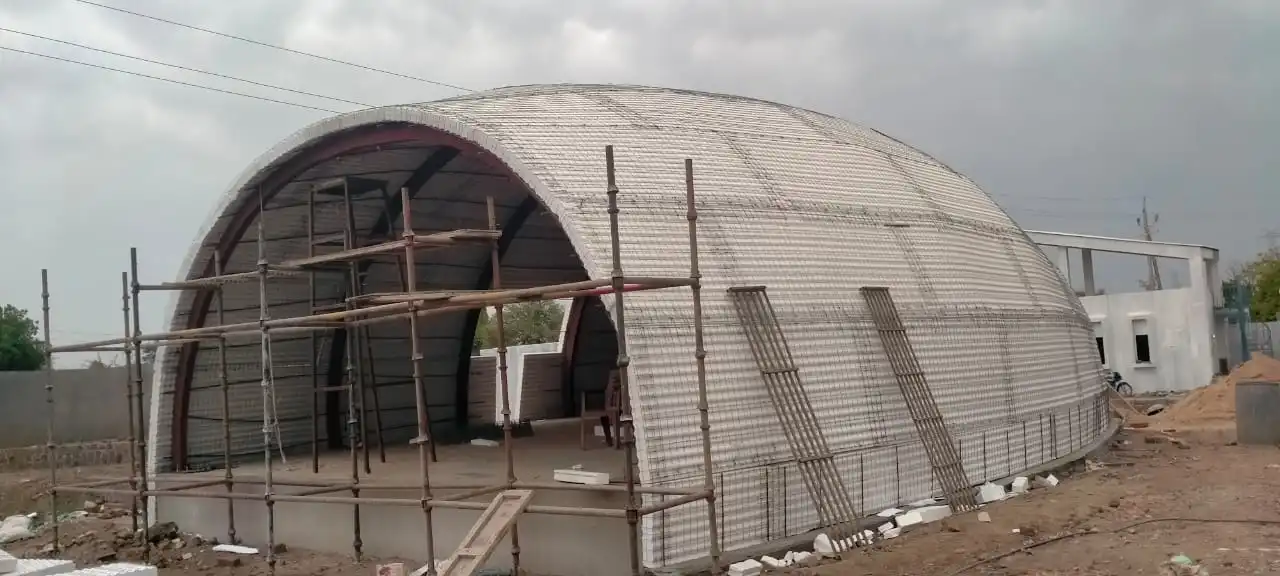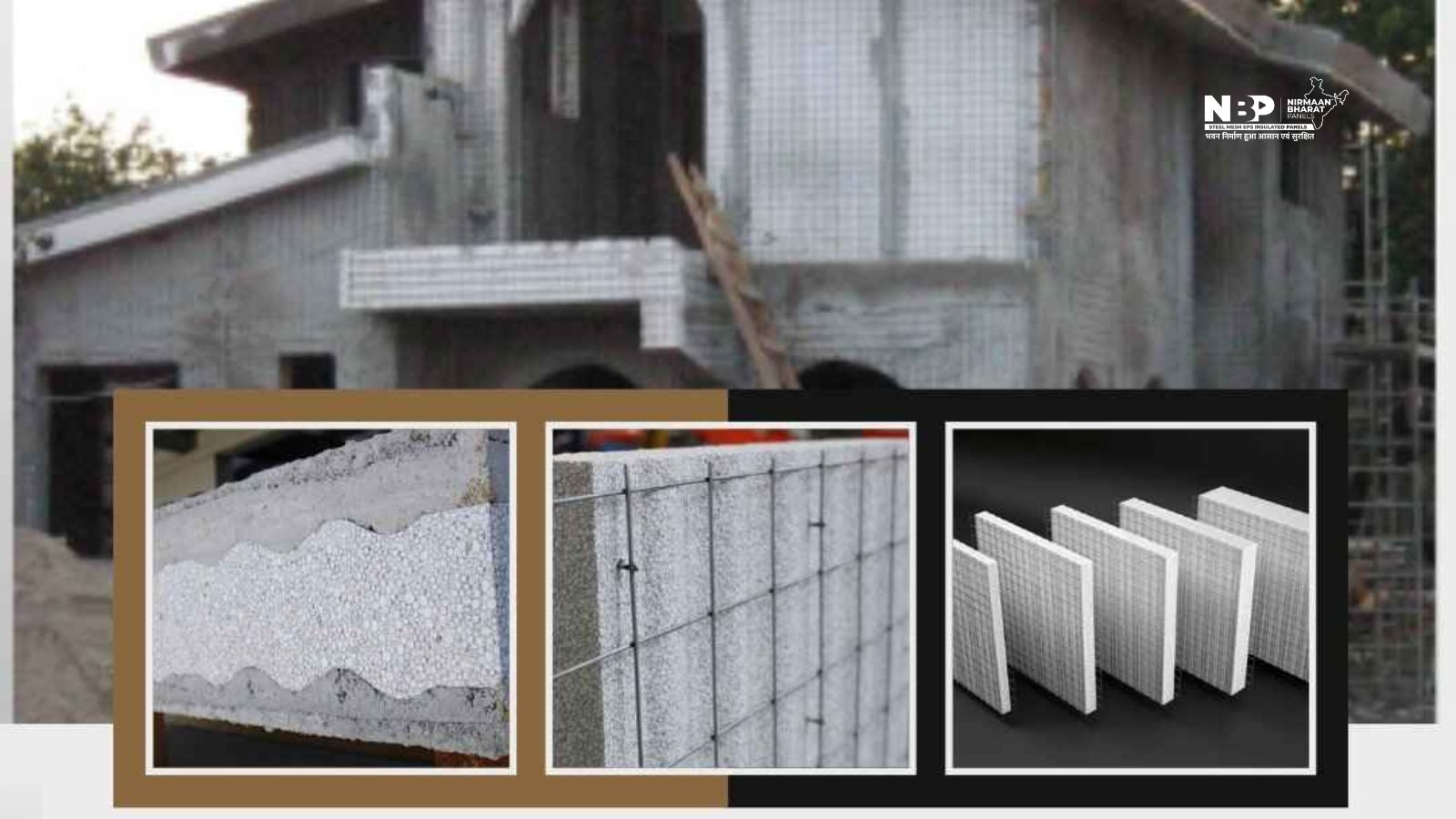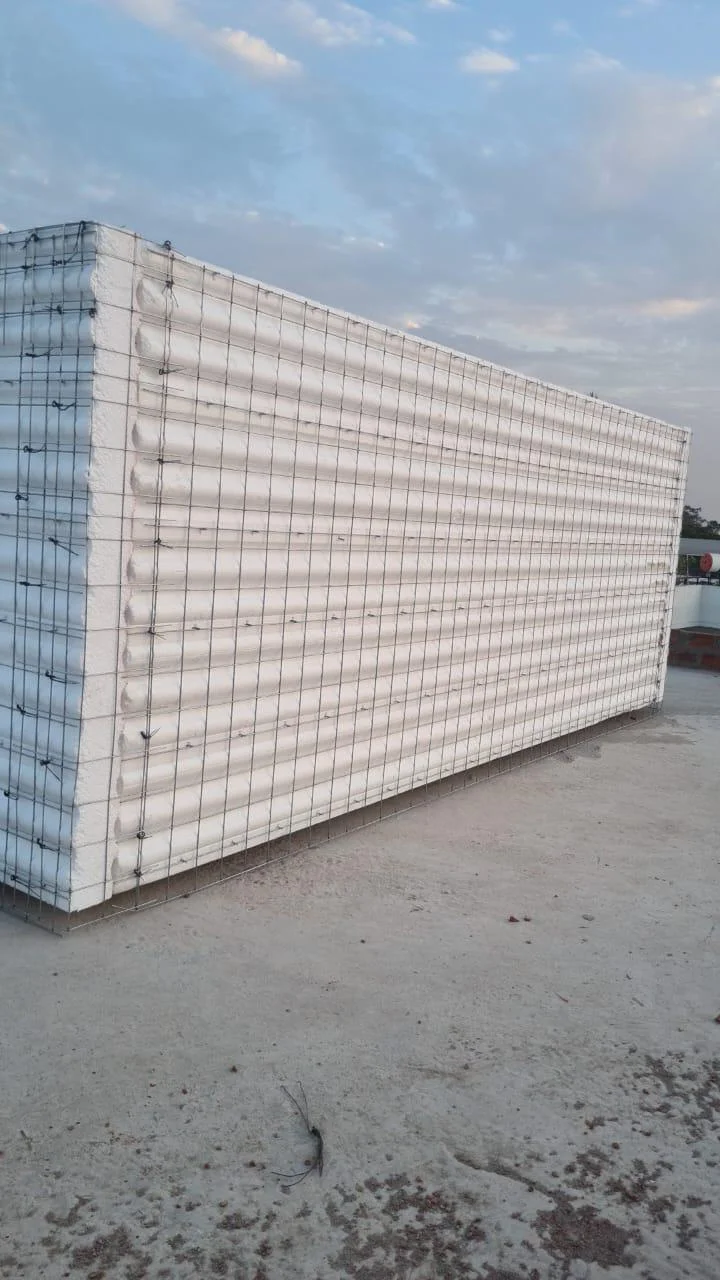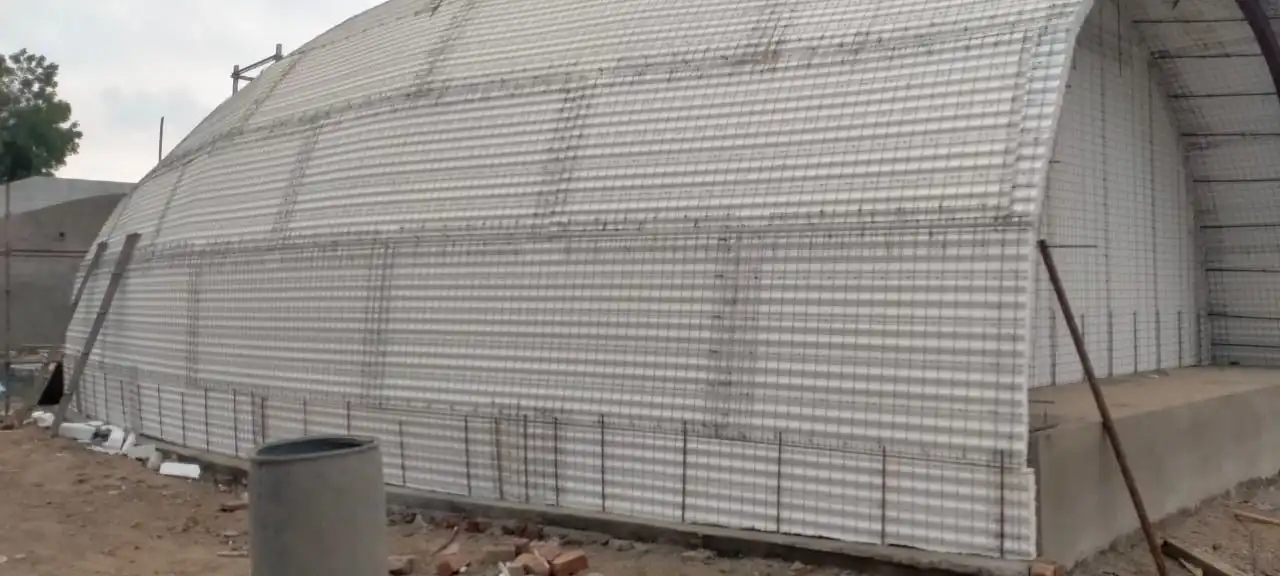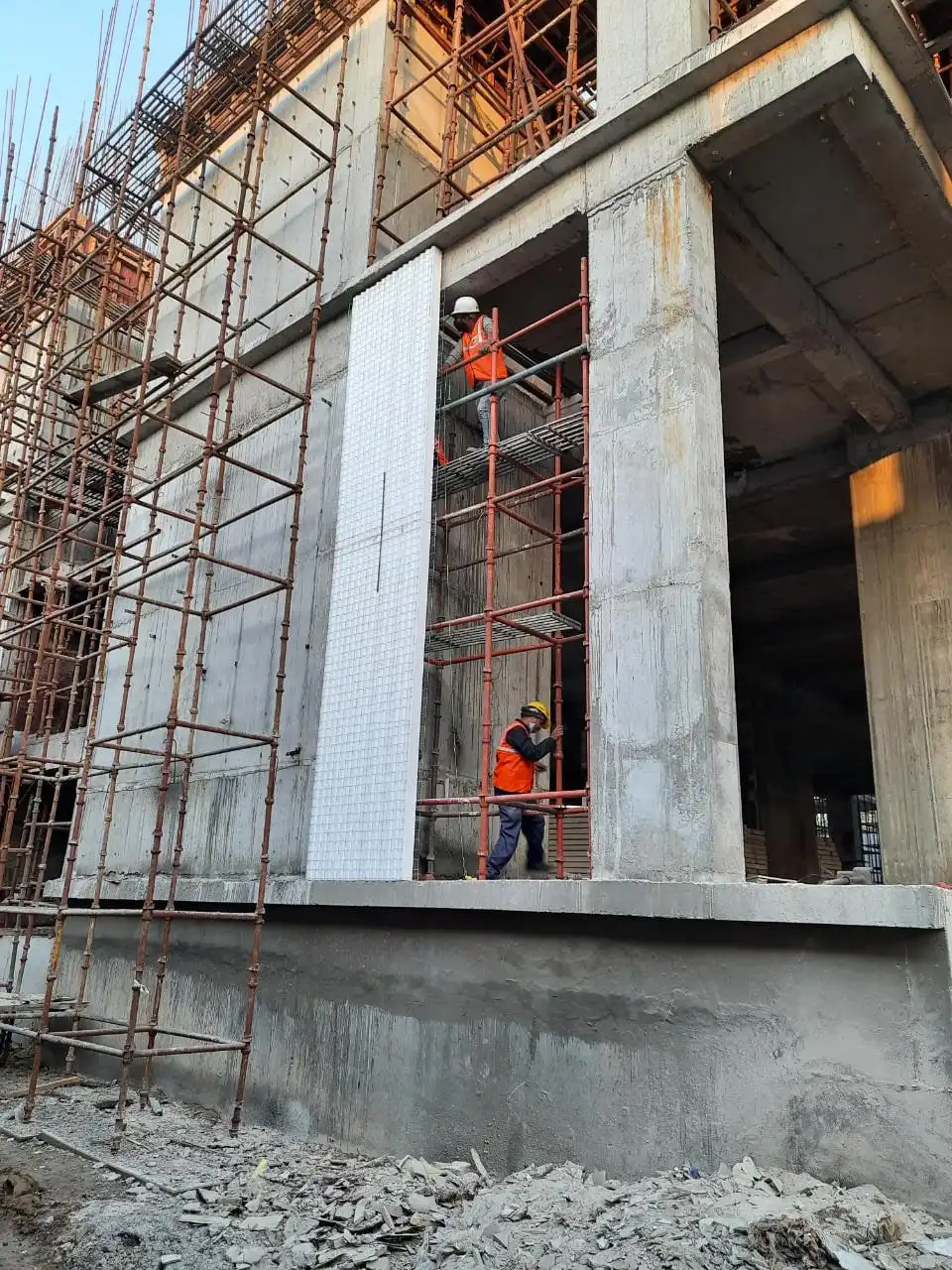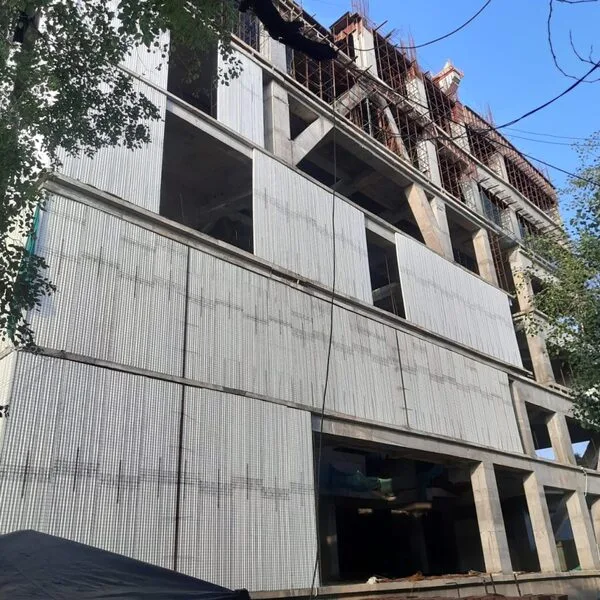The construction industry constantly evolves, embracing new materials and methods to meet the demands of modern architecture and environmental sustainability. Among these innovations, reinforced EPS structural panels stand out as a revolutionary solution set to dominate the industry in 2024. These panels offer exceptional benefits, including improved energy efficiency, cost savings, and environmental impact reduction. Let’s explore why reinforced EPS structural panels are becoming the future of construction.
Reinforced EPS (Expanded Polystyrene) structural panels combine the lightweight properties of EPS with the strength of reinforcing materials such as steel or cement. This blend creates a highly durable, energy-efficient, and versatile building material. Reinforced EPS structural panels offer superior thermal insulation, reducing the need for extensive heating and cooling systems. This translates to significant energy savings and lower greenhouse gas emissions.
Another key benefit of these panels is their lightweight nature, which simplifies transportation and installation. Traditional construction materials often require heavy machinery and significant labor, increasing costs and environmental impact. Reinforced EPS structural panels, however, can be handled with minimal equipment and effort, speeding up the construction process and reducing overall costs.
Reinforced EPS structural panels provide remarkable durability. They resist moisture, pests, and corrosion, ensuring long-lasting structural integrity. Buildings constructed with these panels require fewer repairs and replacements, which means less material waste and lower maintenance costs over time. This durability makes reinforced EPS structural panels an excellent choice for sustainable construction.
Cost efficiency is another compelling reason to consider reinforced EPS structural panels. The initial investment may be slightly higher than traditional materials, but the long-term savings in energy costs, maintenance, and labor make them a cost-effective choice. Reinforced EPS structural panels provide excellent value for both residential and commercial projects.
One of the standout features of reinforced EPS structural panels is their versatility. They can be used in various applications, including walls, roofs, and floors. This flexibility allows architects and builders to incorporate innovative designs and sustainable practices into their projects. Additionally, these panels can be customized to meet specific project requirements, making them suitable for a wide range of construction needs.
To illustrate the benefits of reinforced EPS structural panels, consider the process of reinforced EPS structural panels installation. The installation process is straightforward and efficient. Panels are prefabricated to precise specifications, minimizing on-site adjustments and waste. This precision ensures a perfect fit, reducing gaps and thermal bridges that can compromise insulation.
During installation, panels are easily transported to the site due to their lightweight nature. This reduces transportation costs and fuel consumption. Once on-site, panels are quickly and securely fitted into place, significantly reducing construction time. The ease of reinforced EPS structural panels installation means projects can be completed faster, allowing for quicker occupancy and reduced labor costs.
Another advantage of reinforced EPS structural panels installation is the reduction of construction waste. Traditional building methods often involve cutting and shaping materials on-site, leading to considerable waste. In contrast, reinforced EPS structural panels are manufactured to precise specifications, minimizing excess material. This precision not only streamlines the construction process but also contributes to a cleaner, more sustainable building site.
In terms of energy efficiency, reinforced EPS structural panels are unparalleled. Their superior insulation properties maintain stable indoor temperatures, reducing the need for extensive heating and cooling systems. This leads to significant energy savings and lower utility bills. For example, a building constructed with reinforced EPS structural panels can reduce its energy consumption by up to 50%, translating to substantial cost savings over the building’s lifespan.
Reinforced EPS structural panels also enhance the acoustic performance of buildings. The structure of these panels helps to reduce noise transmission, creating quieter and more comfortable indoor environments. This benefit is particularly valuable in urban areas where noise pollution is a concern. Improved sound insulation enhances the quality of life for building occupants, making reinforced EPS structural panels an attractive option for residential and commercial projects.
Environmental impact is a crucial consideration in modern construction, and reinforced EPS structural panels excel in this area. The production of these panels consumes less energy compared to traditional materials, and their lightweight nature reduces the carbon footprint associated with transportation and installation. Furthermore, reinforced EPS structural panels are recyclable, contributing to a circular economy and reducing landfill waste.
Table of Contents
ToggleConclusion
In conclusion, reinforced EPS structural panels are poised to revolutionize the construction industry in 2024. Their superior insulation properties, lightweight nature, durability, cost-efficiency, and versatility make them an ideal choice for sustainable construction projects. The benefits of reinforced EPS structural panels installation, including reduced construction time, waste, and energy consumption, further enhance their appeal.
By choosing reinforced EPS structural panels, builders and architects can create energy-efficient, durable, and environmentally friendly structures that meet the demands of modern construction. As the industry continues to evolve, reinforced EPS structural panels represent the future of building materials, offering a practical and sustainable solution for a greener world.
Incorporating reinforced EPS structural panels into your next construction project is a step towards sustainability and efficiency. Embrace the future of construction with reinforced EPS structural panels and join the movement towards eco-friendly building practices.
FAQ’s
Q1 – What are reinforced EPS structural panels?
Answer – Reinforced EPS structural panels are building materials made from Expanded Polystyrene (EPS) combined with reinforcing materials like steel or cement. They offer excellent insulation, durability, and are lightweight, making them ideal for modern construction.
Q2 – Why are reinforced EPS structural panels considered energy-efficient?
Answer –These panels provide superior thermal insulation, maintaining stable indoor temperatures and reducing the need for extensive heating and cooling systems. This results in significant energy savings and lower utility bills.
Q3 – How do reinforced EPS structural panels contribute to sustainability?
Answer – Reinforced EPS structural panels are lightweight, reducing transportation costs and fuel consumption. They are also durable, requiring fewer repairs and replacements, which leads to less material waste. Additionally, these panels are recyclable, contributing to a circular economy.
Q4 – What are the benefits of using reinforced EPS structural panels in construction?
Answer – Benefits include excellent insulation, quick and easy installation, reduced construction waste, cost efficiency, and improved acoustic performance. These panels are versatile and can be used in various applications, making them suitable for both residential and commercial projects.
Also Read – 7 Benefits of Using EPS Sandwich Panels for Eco-Friendly Construction


